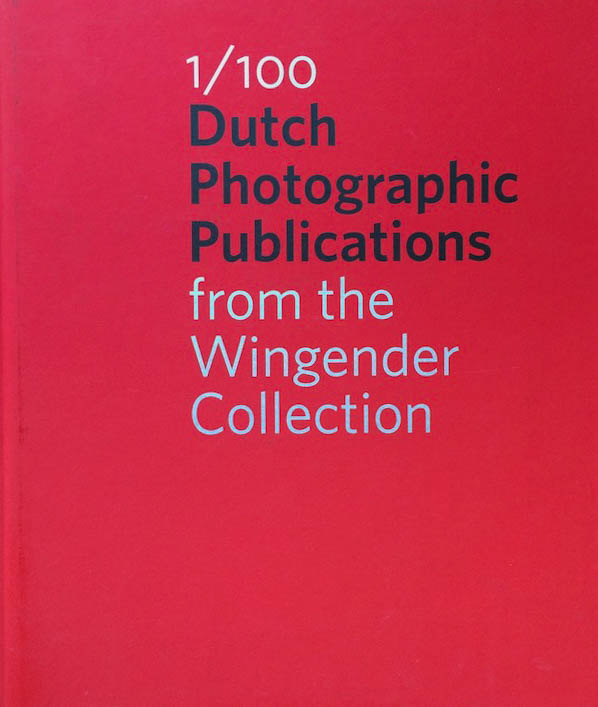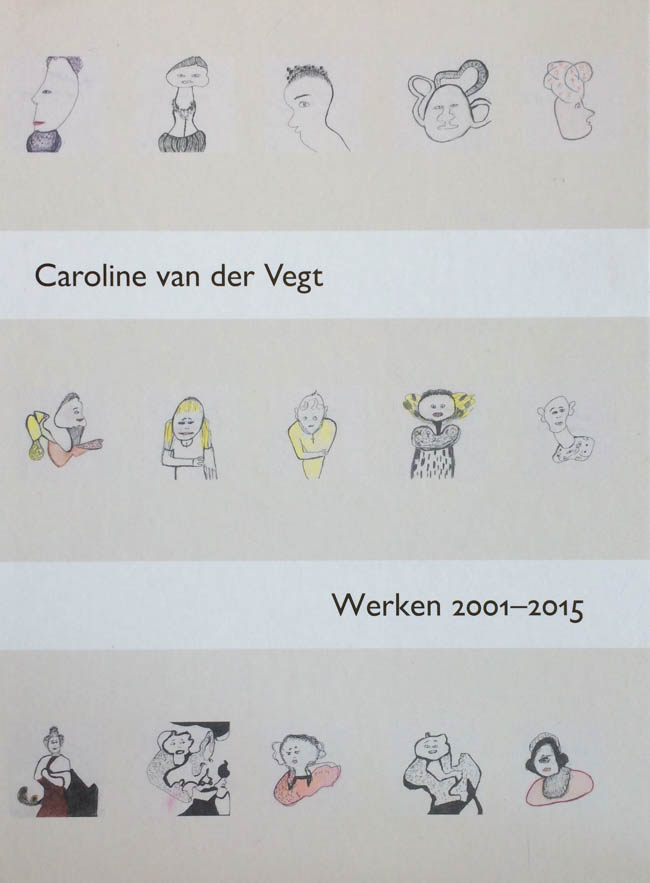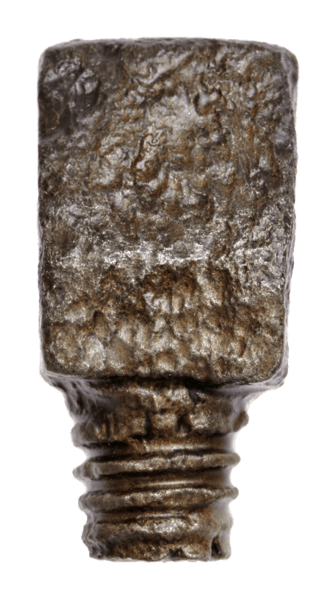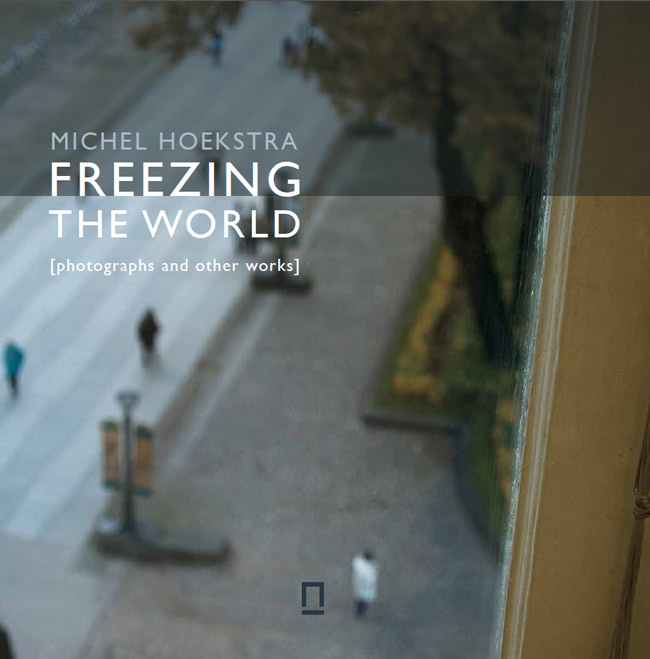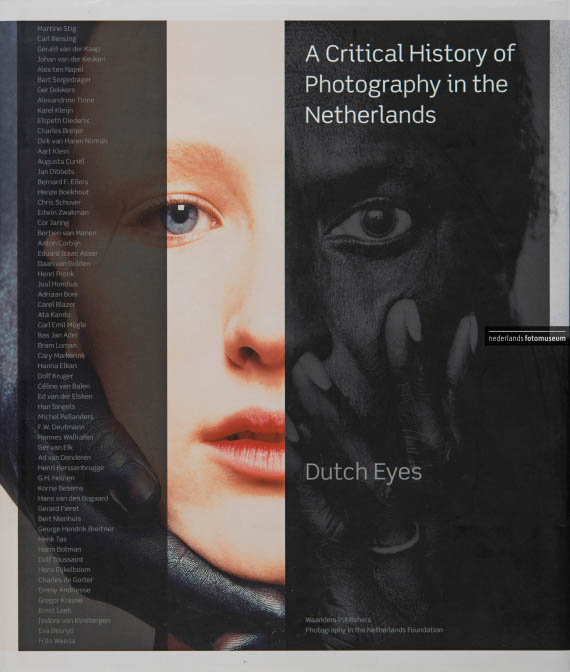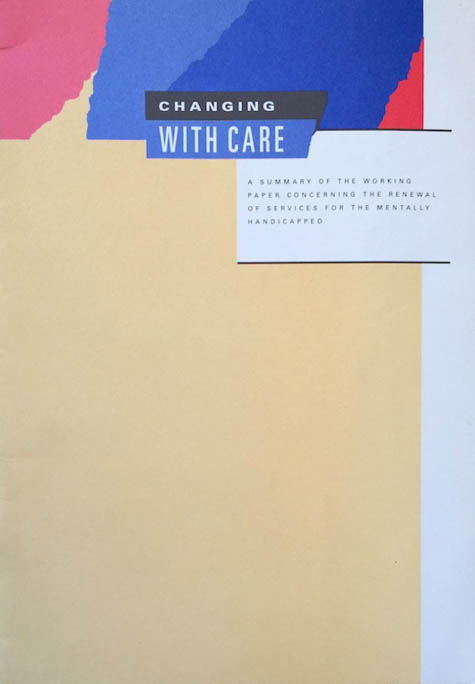The samples below are examples of the translation of different styles of writing for different purposes in different areas of expertise.
Photobook
Hinde Haest, Mattie Boom
1/100 Dutch Photographic Publications from the Wingender Collection
In this passage from the introduction ‘The Alleyways and Backstreets of Photographic Imagery’, Mattie Boom describes the expressive power of the photobook.
The collection brought new piles of books, volumes sewn or linen-bound or ring binders by famous photographers and designers, with colourful dustcovers, full of amazing images in the intaglio (rotogravure) technique or sophisticated relief halftone. New subjects, new insights. And the beauty of photography is that it effortlessly transcends national boundaries, its language and meaning being universal. Everyone immediately understands a photobook, irrespective of the language they speak. It is the palpable legacy of paper photographs which, more than framed photographs on a museum wall, feel and smell as they did sixty years ago: like the real thing. Anyone looking at these books, folders and brochures steps into the shoes of the person who bought or acquired and first opened them eighty, sixty or forty years ago.
Dit waren nieuwe stapels boeken met linnen en gebrocheerde bandjes of in ringbanden van vermaarde fotografen en ontwerpers, met kleurige stofomslagen vol wonderschone beelden in koperdiepdruk (rotogravure) of in de hoogwaardige halftoon reliëfdruk. Nieuwe zaken, nieuwe inzichten. En het mooie van de fotografie is dat ze de landsgrenzen met gemak overstijgt: haar taal is universeel, net als haar betekenis. Iedereen begrijpt een fotoboek direct, welke taal hij of zij ook spreekt. Het is een tastbare erfenis van foto’s op papier, die veel meer nog dan een ingelijste foto aan de museummuur voelt en ruikt als zestig jaar terug: als het echte ding. Wie deze boeken, folders en brochures inkijkt staat in de schoenen van degene die ze tachtig, zestig of veertig jaar terug kocht of kreeg en opensloeg.
Catalogue
Dick de Bruijn, Nico Oud
Caroline van der Vegt – Werken 2000-2015
The following paragraph concludes Nico Oud’s analysis of the artist’s work in a catalogue accompanying an exhibition of her later paintings.
In one of her drawings (2010 – 3, untitled), Caroline van der Vegt superbly compacts her vision of how life evolved. In the foreground a soft green landscape is crossed by a river that flows into a waterfall. The earth. Above this, in a lilac plane, streaks of light allude to the origin of life. To the right on a deep red ground crawl prehistoric creatures. Higher up, seething water. Elementary forms of life dart in the light. Delicate lines suggest a conglomeration of people. One of them has disengaged himself and taken on a more explicit form and stands ready to throw himself into the current that will take him to a place in the upper right, to the light. Thus, the circle is complete. It is an example of the wonderful way Caroline van der Vegt combines our personal journey with the universal journey of life. An image that captures perfectly who and what we are in the universe of time and space.
In één van haar tekeningen (2010 – 3, z.t.) balt Caroline van der Vegt haar visie op de ontwikkeling van het leven prachtig samen. Op de voorgrond een zachtgroen landschap waardoorheen een rivier stroomt die overgaat in een waterval. De aarde. Erboven, in een paarsig vlak, strepen van licht, verwijzend naar de oorsprong van leven. Wat meer naar rechts kruipen in diep rood prehistorische wezens. Nog hoger bruisend water. Elementaire levensvormen dartelen in het licht. Fragiele lijnen suggereren een mensenmenigte. Eén van hen heeft zich eruit losgemaakt, een meer uitgesproken vorm aangenomen en staat klaar om zich in de stroom te werpen, op weg naar een plek rechtsboven, naar het licht. Zo is de cirkel rond. Prachtig combineert Caroline van der Vegt onze persoonlijke reis met de universele reis van het leven. Een beeld dat treffend belicht wie en wat wij zijn in het universum van tijd en ruimte.
Website
Jerzy Gawronski, Peter Kranendonk, Harold Strak
belowthesurface.amsterdam/en
The website features fascinating tales about a selection of the 700,000 archaeological finds retrieved from the riverbed during the construction of Amsterdam's North-South metro line, including this ‘calkin’.
Until the early 20th century, horse-drawn carriages were the main form of transport for passengers and goods. Although ships were more efficient for carrying bulk, horses in full gallop clearly had the advantage of speed. A drawback was that in densely populated urban areas horses in full gallop regularly ran into people and animals. In the winter horses travelled at a much slower speed on the frozen roads. To maintain a good grip in these conditions, wedge-shaped iron studs, called calkins, were screwed under their hooves. The term calkin comes from the old Picardian ‘calcain’, meaning heel. This example is c. 36 mm high with a screw thread of c. 12.5 mm in diameter, and dates from 1841-1850.
Tot in het begin van de 20ste eeuw hadden paarden met een wagen een koppositie in het personen- en goederentransport. Hoewel schepen efficiënter meer massa konden vervoeren, hadden paarden in volle galop een duidelijk snelheidsvoordeel. Een bijkomend nadeel was dat ze, vooral in stedelijke, drukbevolkte gebieden, in volle galop regelmatig aanrijdingen met mensen en dieren veroorzaakten. In de winter haalden de paarden veel minder snelheid op de bevroren wegen. Om dan nog goede grip te houden kregen ze wigvormige ijzeren blokjes onder de hoefijzers geschroefd, kalkoenen genoemd. De term kalkoen komt van het oud-Picardische ‘calcain’, dat staat voor hiel of hak. Dit exemplaar is ca. 36 mm hoog, met een schroefdraad van ca. 12,5 mm diameter, en dateert uit 1841-1950.
History
Harm Stevens
Bitter Spice: Indonesia and the Netherlands from 1600x
A scale-model of the Vlakkenhouse lighthouse in the Rijksmuseum inspired an account of the construction by the Dutch government of a system of coastal beacons in Indonesia. Harm Stevens explains here how the parts were prefabricated in the Netherlands for assembly in situ in the colony.
All the components had to be labelled under the supervision of the department’s project managers ‘to avoid a mistake during assembly in the East Indies’. It must have been a fascinating sight to see the component parts, specified one by one in the Bestek [specifications (tr.)], laid out after being brought ashore at the outermost south-west tip of Sumatra. These ‘tools of empire’ in deconstructed state, this imported technological hardware, which, as the American historian Daniel. R. Headrick argued, was crucial to the success of European imperialism, consisted in the case of the Vlakkenhoek of 1,152 ‘cast-iron’ tower components, cast with a 6 cm rectangular flange, ‘except for the edges which support the courses [floors (tr.)] which are 7 cm wide’. These iron plates, half of which had a central upstand so that the 72 layers each made up of sixteen sections fitted together in half-brick bond, were the components used to construct the tower shaft. ‘The pieces are connected,’ according to the Bestek, ‘by wrought-iron screw bolts, 1.9 cm thick, with good heads and nuts.’
Alle onderdelen dienden te worden gemerkt onder toezicht van projectleiders van het departement ‘om vergissing bij het opstellen in Indië te voorkomen’. Het is fascinerend om je een voorstelling te maken van de, stuk voor stuk in het Bestek opgesomde, onderdelen die kort na het aan wal brengen op de uiterste zuidwestpunt van Sumatra lagen uitgestald. De tools of empire in gedeconstrueerde toestand. Deze geïmporteerde technologische hardware die, zoals de Amerikaanse historicus D.R. Headrick heeft betoogd, doorslaggevend was voor het welslagen van het Europees imperialisme, bestond op de Vlakkenhoek uit 1152 torenstukken van ‘gegoten ijzer’, met een in het vierkant aangegoten flensrand die 6 cm uitstak, ‘uitgezonderd de randen waarop de vloeren komen die 7 cm breed zijn’. Deze ijzeren platen, waarvan de helft centraal een verticale knik had zodat de 72 lagen van steeds zestien stukken in halfsteensverband op elkaar pasten, vormden de bouwstukken waaruit de torenschacht kon worden opgetrokken. ‘De onderlinge verbinding der stukken, zo valt op te maken uit het bestek, geschiedt aan elken rand met gesmeed ijzeren schroefbouten, dik 1,9 cm, voorzien van bekwame koppen en moeren.’
Artbook
Saskia Asser, Michel Hoekstra
Freezing the World [Photographs and Other Works]
In her introduction 'The Magic of Seeing', Saskia Asser analyzes the photography of artist Michel Hoekstra. For over thirty years Hoekstra has been taking what he describes as "the same three photographs"...
Somewhere is about the visual power latent in everyday situations and unremarkable places. A collection of old chairs against a fence, a tiled sandpit in the woods, an isolated house at dusk, a red traffic light at night, a staircase winding down in endless coils. It is above all Hoekstra’s rendering of the light that makes his photographs enigmatic. In Framing he uses the frame of the viewfinder and the aperture of the lens to distill the image from reality. By emphatically focusing on unlikely elements in the image he creates a painterly quality. In the process, he makes us aware of how we perceive the world. The foreground fades into the background and vice versa, while the reflection of shapes and structures in mirroring surfaces dispels all sense of depth and perspective. Finally, in Lightness whimsical patterns of light spots dance loosely over the monumental facades, imparting to the strong buildings behind them a lightness that seems to make them float.
In Somewhere gaat het om de visuele kracht die schuilt in alledaagse situaties en onopvallende plekken. Een verzameling oude stoelen tegen een hek, een betegelde zandbak in het bos, een verlaten huis in de schemering, een rood stoplicht ’s nachts, een trap die zich in eindeloze bochten naar beneden wentelt. Het is vooral Hoekstra’s weergave van het licht die de foto’s raadselachtig maakt. In Framing gebruikt hij het kader van de zoeker en het diafragma van de lens om het beeld uit de werkelijkheid te destilleren. Door zijn camera nadrukkelijk scherp te stellen op onverwachte elementen in het beeld, creëert hij een schilderachtige kwaliteit. En passant maakt hij ons bewust van de manier waarop wij de wereld waarnemen. De voorgrond verdwijnt naar de achtergrond en andersom, terwijl de reflectie van vormen en structuren in spiegelende oppervlakten elk gevoel van diepte en perspectief ongrijpbaar maakt. In Lightness tenslotte dansen grillige patronen van lichtvlekken losjes over monumentale gevels. De solide gebouwen erachter krijgen daardoor een lichtheid die ze lijkt te doen zweven.
Essay
Anneke van Veen
‘“I saw a plastic bag": Photography and Urbanism 1852-2000’, in Flip Bool et al. (eds), Dutch Eyes
In this passage from an in-depth survey tracing the evolution of urban photography in the Netherlands, Anneke van Veen discusses the new ‘topographers’ of urban emptiness.
The fragmented city generated new forms of emptiness which demanded a fresh photographic approach. Photographers rediscovered the view camera as a means of rendering terrains vagues in clear and intelligible images. Their photographs of suburban developments, interjunctions, car parks, industrial estates and petrol stations are sublime interpretations of contemporary everyday banality. Emptiness as urban space was back in photography again. Not the artificial deadness of the first, long-exposed city views, nor the restful emptiness of the architectural photograph, but the restrained disorder of contemporary urbanism. Dutch photographers like Frank van der Salm looked to other countries for their inspiration, travelling for their spectacular visions of ‘post-urbanity’ to the megacities of the world. Van der Salm makes deliberated, abstract images in which he uses unusual lighting conditions to emphasise the artificiality of urban design. This generation of ‘topographers’ has developed a new aesthetic sensibility to today’s metropolitan forms and functions while their images are statements on photography itself and its presumed documentary and registrational qualities.
In de gefragmenteerde stad ontstonden nieuwe vormen van leegte die om een nieuwe fotografische blik vroegen. Fotografen herontdekten de technische camera als middel om de terrains vagues in heldere en bevattelijke beelden om te zetten. Hun foto’s van vinexwijken, kruispunten, parkeerplaatsen, bedrijventerreinen en benzinestations zijn de sublieme vertaling van de alledaagse banaliteit. Zo is leegte als stedelijke ruimte weer teruggekeerd in de fotografie. Het is niet de afgedwongen doodsheid van het eerste, lang-belichte stadsgezicht, het is niet de rustgevende leegte van de architectuurfoto, maar de beheerste wanorde van de hedendaagse stedelijkheid. Nederlandse fotografen als Frank van der Salm vinden hun inspiratie niet in eigen land, maar reizen voor hun spectaculaire visioenen van ‘posturbaniteit’ de grote wereldsteden af. Van der Salm maakt afgewogen, abstracte beelden, waarin hij met ongewone lichtcondities het kunstmatige karakter van de stedelijke architectuur benadrukt. Deze generatie ‘topografen’ heeft een nieuwe esthetische gevoeligheid ontwikkeld voor de huidige metropolitane vormen en functies en levert met dergelijke beelden tegelijk ook commentaar op de fotografie zelf en haar veronderstelde documentaire en registrerende eigenschappen.
Brochure
Sije van den Bosch
Changing with Care
This government brochure summarises the proposals for new services for people with learning disabilties. This passage sets out the main features of the renewed health system.
By the mid-1990s all Dutch residents will fall under a single modern health insurance. Under this all citizens will be entitled to a basic package of services which includes all the provisions now offered under sickness fund insurances, private insurances and the Exceptional Medical Expenses Act (AWBZ). Those wishing more comprehensive coverage may take out a supplementary insurance.
One of the main features of the new system is the freedom of the various parties. In future people will no longer be bound to a sickness fund in the region where they live. The critical consumer will be able to choose the insurance company that offers the most attractive service mix for the most competitive price. Insurance companies can be selective too: they will no longer be required to work with all providers of care but are free to negotiate contracts with facilities of their own choosing. Cost and quality of the services will play an important role here.
In het midden van de jaren negentig moeten alle inwoners van Nederland vallen onder een moderne zorgverzekering. Alle burgers maken dan aanspraak op een basispakket met vrijwel alle verstrekkingen die worden geboden door ziekenfondsen, particuliere verzekeringen en AWBZ. Wie buiten het basispakket meer verzekeringen wenst, kan daarvoor een aanvullende verzekering afsluiten.
Een wezenlijk element van het toekomstige stelsel is de vrijheid van verschillende partijen. Niemand bijvoorbeeld is straks nog gebonden aan een ziekenfonds in de streek waar hij of zij woont: de critische consument kan de verzekeraar uitzoeken met het aantrekkelijkste pakket tegen de scherpste prijs. Verzekeraars op hun beurt kunnen ook critisch zijn: zij behoeven niet meer samen te werken met alle aanbieders van zorg, maar kunnen via onderhandelingen tot contracten komen, Prijs en kwaliteit van de zorg zullen daarbij belangrijke factoren zijn.
